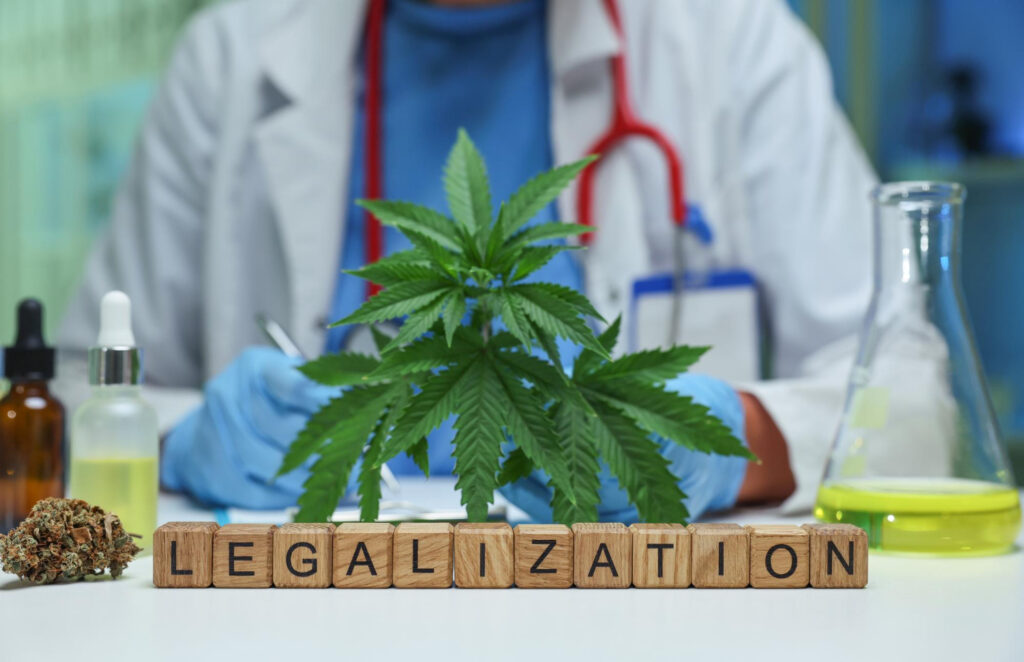In 2025, the global landscape for medical cannabis has expanded significantly, with more countries embracing regulated programs that grant patients legal access to cannabis-based treatments. What was once a patchwork of pilot projects and limited access schemes has evolved into a broad network of national policies, reflecting a shift in both political attitudes and public opinion. From Argentina to Zimbabwe, nations are recognizing the therapeutic potential of cannabis for conditions such as chronic pain, epilepsy, multiple sclerosis, and cancer-related symptoms. This growing acceptance is driven by patient advocacy, evolving scientific research, and the economic benefits of a regulated industry. In many cases, these reforms are also influenced by the success stories of early-adopting countries, which have demonstrated that safe, legal access to medical cannabis can coexist with public health priorities and strict regulatory oversight.
Countries Expanding Legal Medical Access

Across continents, 2025 has seen notable new entries into the list of countries with legal medical cannabis programs. In Latin America, Argentina and Brazil have expanded their laws to cover more conditions and increase domestic cultivation, reducing dependence on imports. In Europe, Germany, Switzerland, and the Czech Republic are leading reforms, streamlining patient registration processes and broadening physician prescribing rights. African nations such as Zimbabwe, South Africa, and Lesotho are not only improving patient access but also positioning themselves as export hubs for medical cannabis. Asia, traditionally slower to adopt such policies, has seen significant moves from Thailand and South Korea, which have refined their regulatory frameworks to allow more patients to qualify. These changes reflect a shared recognition that medical cannabis can be integrated into healthcare systems while maintaining rigorous safety and quality standards.
Drivers of Global Legalization
The acceleration of medical cannabis legalization in 2025 is fueled by several interconnected factors. Patient advocacy groups have played a crucial role in raising awareness about the therapeutic benefits of cannabis, often highlighting cases where conventional treatments have failed. Scientific research has expanded, providing stronger evidence for cannabis’s efficacy in managing pain, reducing inflammation, alleviating anxiety, and controlling seizures. Governments are also drawn to the economic potential, with legal cannabis creating new jobs, generating tax revenue, and supporting local agriculture. International trade agreements are beginning to treat cannabis as a legitimate medicinal product, encouraging cross-border collaboration in cultivation, processing, and research. In many countries, these drivers converge with shifting cultural attitudes, where cannabis is increasingly viewed through a medical lens rather than a criminal one.
Challenges in Implementation
Despite the progress, implementing medical cannabis programs presents challenges. Regulatory inconsistencies between countries can hinder international supply chains and patient access across borders. In some regions, strict THC content limits or narrow lists of qualifying conditions still prevent many patients from benefiting. Quality control is another key concern—ensuring products meet pharmaceutical-grade standards is essential for patient safety and for building trust in newly established programs. Cost and accessibility remain issues, particularly in low- and middle-income countries where infrastructure is still developing. To address these challenges, governments are working to create clear licensing systems, improve physician training, and invest in local cultivation to lower costs. International cooperation and knowledge sharing are becoming vital tools for overcoming these barriers and building sustainable, patient-focused cannabis programs.
The Future of Global Medical Cannabis Policy

Looking ahead, the trajectory for medical cannabis legalization appears set to continue its upward climb. As more countries join the list of those providing legal access, the global conversation is likely to shift toward harmonizing regulations, improving affordability, and fostering innovation in product development. Ongoing research will refine dosing guidelines, expand the list of conditions treated, and improve delivery methods, from oral solutions to advanced vaporization technologies. The experiences of 2025 show that medical cannabis can be integrated into diverse healthcare systems, benefiting patients while creating economic opportunities. With patient demand, scientific validation, and economic incentives all aligning, the next few years may see medical cannabis becoming a standard component of healthcare in many parts of the world—transforming it from a once-controversial remedy into a globally accepted medical treatment.

Leave a Reply